Several years in the making, the first self-titled product from FRAGILE SELF is an ambitious statement on mental health and the human condition.
Released as a CD, vinyl album and a 480 page book which starts and ends with reconstructions of ‘before and after’ treatment for mental illness, the thoughtfully conceived project is the work of Anil Aykan and Jonathan Barnbrook.
The couple are best known for their iconic visual designs for DAVID BOWIE and JOHN FOXX. Among the subjects inspiring their music are Sigmund Freud, the founder of psychoanalysis and Bertha Pappenheim, the first patient of psychotherapy.
While the music is by its nature, not an easy listen, over ten crafted electronic tracks, ‘Fragile Self’ is intense but ultimately compelling. Anil Aykan and Jonathan Barnbrook kindly chatted about their fragile selves…
How did FRAGILE SELF come about?
Jonathan: I love music, it’s the reason I design record covers, that emotional relationship between visuals and sound is something that has always fascinated me, so it got to the point where I felt that the next step to really push myself creatively was by controlling and experimenting with both music and visuals together.
Anil: FRAGILE SELF enabled me to communicate the things that are important to me, express parts of me which I believe others would find inadmissible. I have never had up until now a tool which has been so liberating. Even when I wasn’t actively making music I am inclined to sound; the expressive capacity of human voice; speaking words, tension in speech, muttered sentences, obsessively repeated words, speaking becomes singing… I always record or note down what I find interesting when I am on the bus or walk in the street.
The subject matter of the album – mental health is quite unusual, did you feel that electronic instrumentation was the most appropriate way to express this subject?
Anil: It is unusual subject matter, but I briefly studied Art Therapy, so I was naturally interested in the subject but the specific thing discussed in the songs is mental health in relation to creativity – how far do you go towards abnormality when you are being creative and at what point does it become madness? There is also the more classic side of the pain inherent in a love song. It is just that the love in the songs here is directed towards people who have mental disorders such as narcissism or borderline personality disorder. They are of course metaphors for any kinds of love though.
Jonathan: I’ve been obsessed with electronic music since about the age of 11. The thing that interests me most about it is the changing of electronic voltage that affects pitch, timbre and time. It is like you are playing with the building blocks of the universe. The same thing that makes the sound of drum, drives the human heart to beat or fires neutrons in the brain that define consciousness. Also you will guess of course, I share an interest with Anil in more unusual and extreme states of mind.
Who has influenced the music of FRAGILE SELF?
Anil: ‘Minimal Wave’ is a big influence, bands such as OPPENHEIMER ANALYSIS and DEUX. I also really like LADYTRON. COCTEAU TWINS are very important – not just because of the way Elizabeth Fraser uses her voice but also the way they played with language. English is not my first language so when I sing in English I feel I notice more the words as abstract sounds more – this is as important as the meaning of the lyrics I write.
Jonathan: You’ve probably guessed that I’m obsessed with JOHN FOXX, He creates quite experimental music but within the confines of ‘pop’ music and with a very singular view of the world, that’s inspiring for me. Also how could I not be influenced by Bowie, not just musically but also with the way he takes influences into his music from all areas of art.
Do you each have set roles?
Anil: I am responsible for all the lyrics and most of the melodies, drums etc, I used to be a drummer, so rhythm is very important to me.
Jonathan: I tend to centre more on the arrangements and sounds. I really like the technical side of electronic music, not just production but how you can for instance create complex sounds just using simple sine waves. I help a little on the words and also make some of the melodies, but the poetry and atmosphere are very much Anil.
You mention melodies, so is FRAGILE SELF very much ‘pop’ based as opposed to being experimental, because the ‘Minimal Wave’ sub-genre can be notorious for its lack of tunes?
Jonathan: It was important that the songs followed a traditional pop structure, but what we brought into that was quite avant-garde, be it sound generation or subject matter. So there is a lot of darkness and psychosis but it is contained within a format that we hope people find easy to access. Having said that after the album comes out we will be periodically releasing remixes – that are much more experimental which explore the psychology of the songs in a less structured form.
The inevitable question, have you gone the hardware or software route with FRAGILE SELF?
Jonathan: It’s interesting because we came to music from design, so we were very comfortable with using software for all of our creative works, however as we have progressed as FRAGILE SELF, particular on the later tracks, we have been using more and more hardware. Now we now have a huge Eurorack modular system which we experiment on a lot. A physical interface does make a real difference to the sounds you make and something generative like modular synthesis is really inspiring.
So as visual artists, how would you like to present your music?
Anil: For us the two absolutely go together, it’s not like we’ve finished the album and now it is onto the visual design. One influenced the other, the images changed the sounds we made, and the sounds had to have the exactly the right images to express them.
Jonathan: Actually It wasn’t like that in the beginning. Initially I was so desperate not to be dismissed as another “designer playing with his laptop”, that I didn’t want to do any visuals at all but it just developed naturally and we realised since we have control of the music and visuals this was the chance to do something quite pure, new and absolutely on our terms with the role the visuals had.
Anil: One of the album releases is a 480 page book and I think it is the best expression of FRAGILE SELF. It was a chance to show all of the influences on the songs, our thoughts around them. Where the lyrics are from. However we were quite careful not to say too often “this song is about this and this” but give a more poetic interpretation to give people room to create their own meaning and resonate in their own lives. That is very important.
The art funk of ‘Bertha’ interestingly utilises what sounds like a plucked sounding texture, how did the track come about?
Jonathan: There is a drastic change of sounds and rhythms throughout the song, I wanted to give it the feeling of classic German 1930s ‘cabaret’ like it was a theatrical event that you would see on stage where the performance would change melody or pace several times.
Anil: The song is about Bertha Pappenheim, one of the first patients of psychoanalysis, who was “treated” by Doctor Breuer and Freud. She was a highly intelligent and like all women at that time, she was repressed with no opportunity to be herself. She had a nervous breakdown at age 21 but emerged as a creative leader and social reformer eight years later. When I started making this song, I was in Istanbul, there must be an influence from being there. I think the best music scene of Turkey was the 70s funk that my father listened to. The juxtaposition of the heavy subject and funky groove just felt right for this song.
‘Patients’ does possess some unsettling rhythmic fervour?
Jonathan: The song uses lyrics taken out of a doctor’s handbook, so it was important that the singing had that unemotional, repetitive feeling that medical text has when dealing with things such as birth, death or madness. These are intense, hugely important events, but are treated in a very pragmatic way.
Anil: Our songs always start with a conversation between lyrics and drum beats – the emotion created between them and the way the change of rhythm can change the meaning. This is very different from the more conventional approach of drums providing a structure of the songs. To us they are everything, the melody and the development of the lyrics are usually a development or a variation of the rhythm.
To casual listeners, the deadpan vocalisation does recall MISS KITTIN but compliments the stark electronic backing throughout the album? Any thoughts?
Anil: I take your comment as a compliment! I find the tension between being very expressive with the voice and suppressing emotion in the voice really interesting. A lack of emotion can often just heighten the feeling when you are delivering lyrics which are full of pain or darkness. It can also have an interesting brutality which further pushes the emotion.
Jonathan: I love Anil’s voice. When we were recording the vocals it was very clear that Anil’s accent should come through. Meaning that if the words were not perfectly said, it added more authenticity about where Anil comes from and feeling to the songs. The accent and the deadpan vocals also the give the same feeling as when you hear NICO or GINA X PERFORMANCE – you immediately associate their accents with a certain dark psychology.
Which tracks are each your particular favourites on the album?
Jonathan: Well I really like the last 2 tracks, ‘Need For Sanctuary’ and ‘Journey Taken’, the way they end the album, they really do what I remember albums are supposed to do when you listen to them in their entirety – take you on a journey deeper into the psychology of the album. The dark sounds in particular on ’Need For Sanctuary’ are a sound palette I really love.
Anil: I like ‘Bertha’ – most because of the subject matter but also the sound. ‘Deperson’ is the most personal song on the album, after I recorded the lyrics I had to go out. When I was walking around I was still totally consumed by the music and the meaning of the words. I felt so alienated from my surroundings and saw the world in a very singular way. I think that is a good mark of creating a song that is honest and authentic.
Who do you think FRAGILE SELF will appeal to?
Jonathan: We don’t really know who the audience is, and in some ways it is important not to limit the project by worrying too much. Obviously there will be people who will be interested in the graphics work of the studio, but it is a serious attempt to show how visuals and music relate so we hope it will appeal to people outside that.
Anil: We might even get some psychotherapists interested too!
Is the concert aspect of presenting the work somewhere you would like to venture?
Anil: Definitely, we really want to see how people directly react to the music. Also being on stage and singing these songs is going to be a very emotional experience that I am keen to try.
Jonathan: It is another big project entirely though – how to translate all of this into a live form. Obviously people are expecting something visual from us on stage, so we are planning that right now, again something new and very exciting for us.
ELECTRICITY.CO.UK gives its grateful thanks to FRAGILE SELF
‘Fragile Self’ is released by Sugarcane Recordings / Daperson Society on 4th November 2019 as a vinyl LP, CD and 480 page book with download code, pre-order from http://www.fragileself.com/vinylcdbookdownload
Download also available from https://fragileself.bandcamp.com/
https://www.facebook.com/fragileself/
https://twitter.com/fragile_self
https://www.instagram.com/fragile_self/
Text and Interview by Chi Ming Lai
2nd November 2019

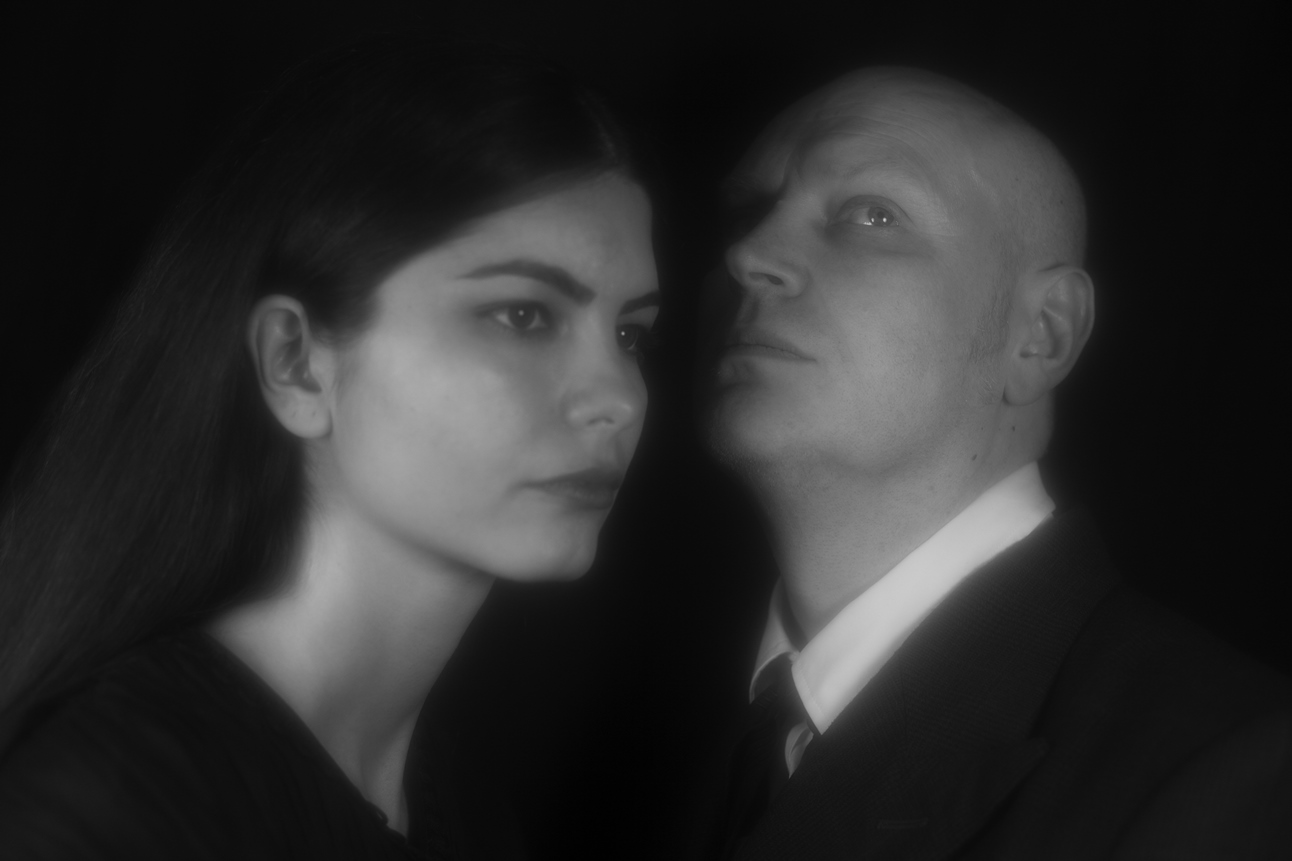
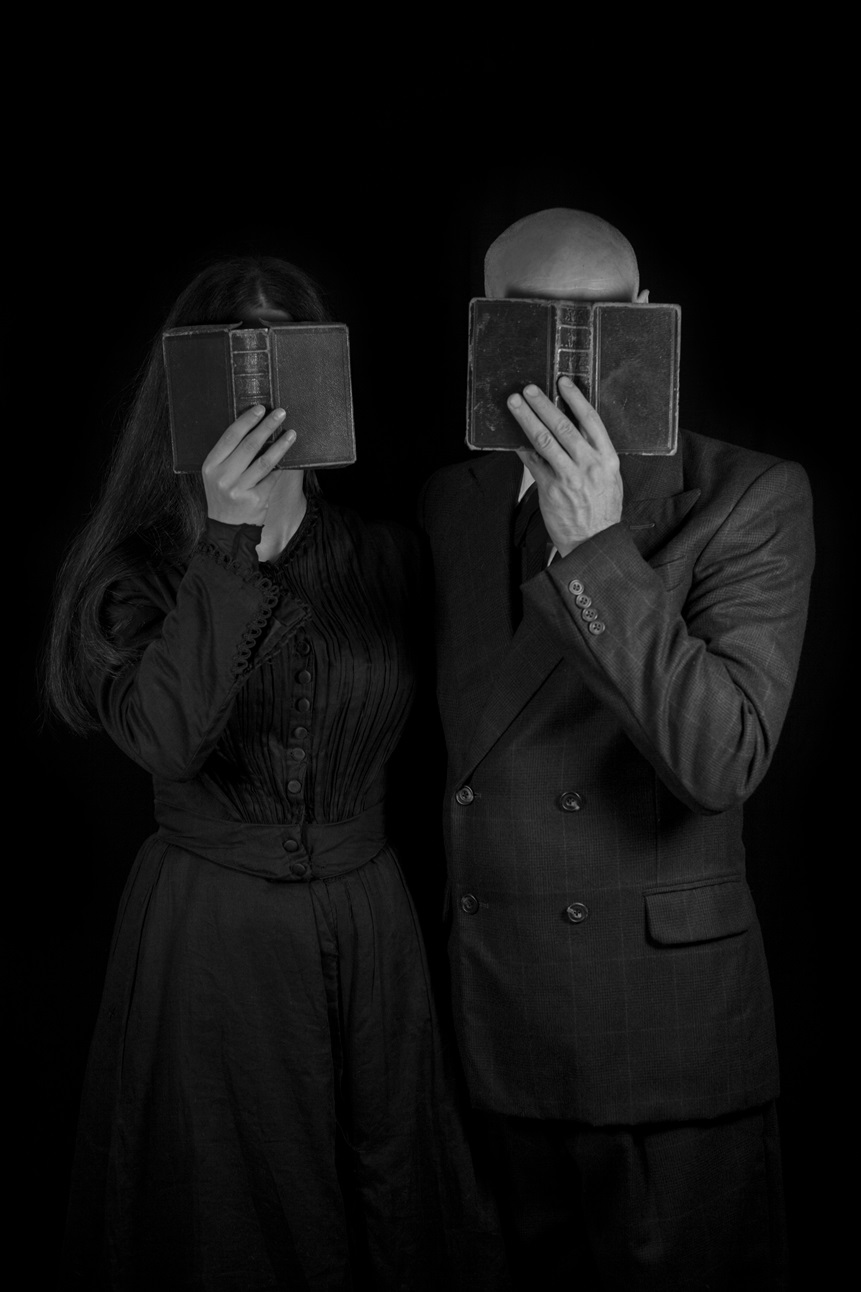
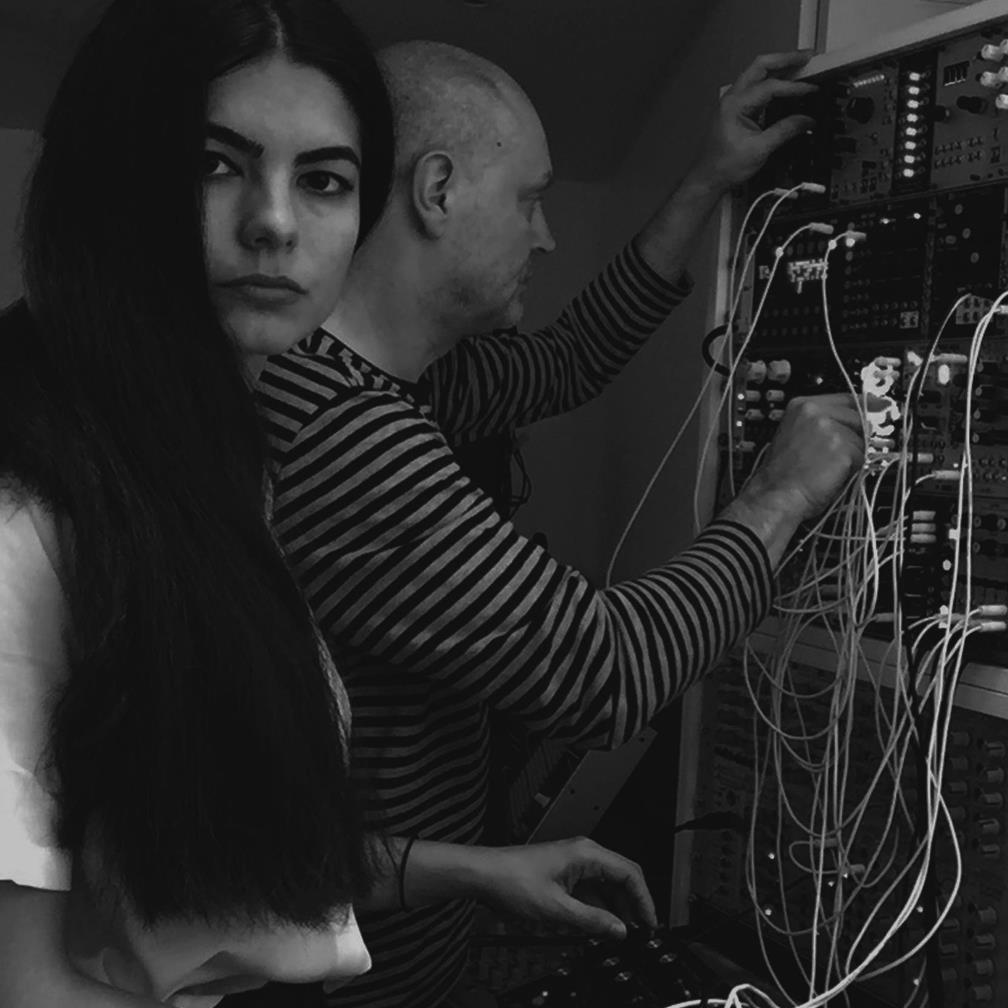
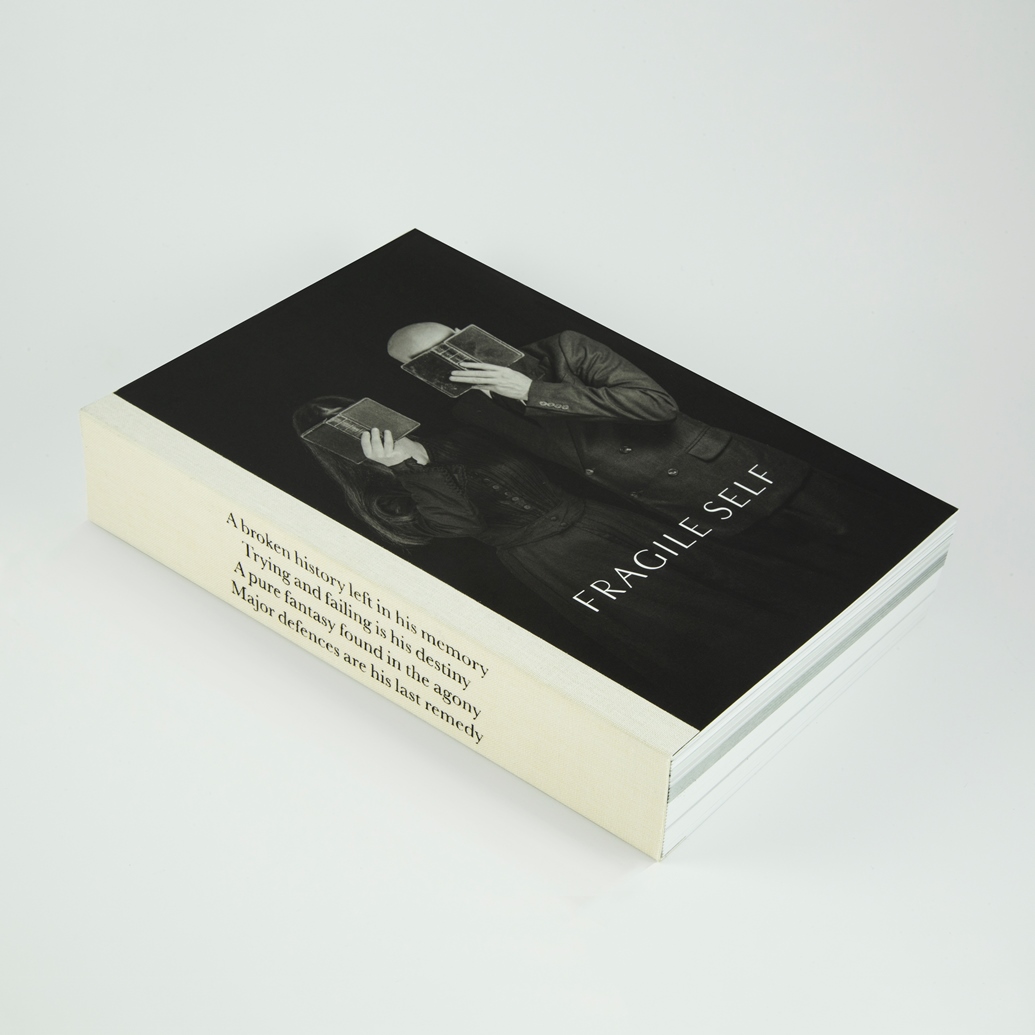
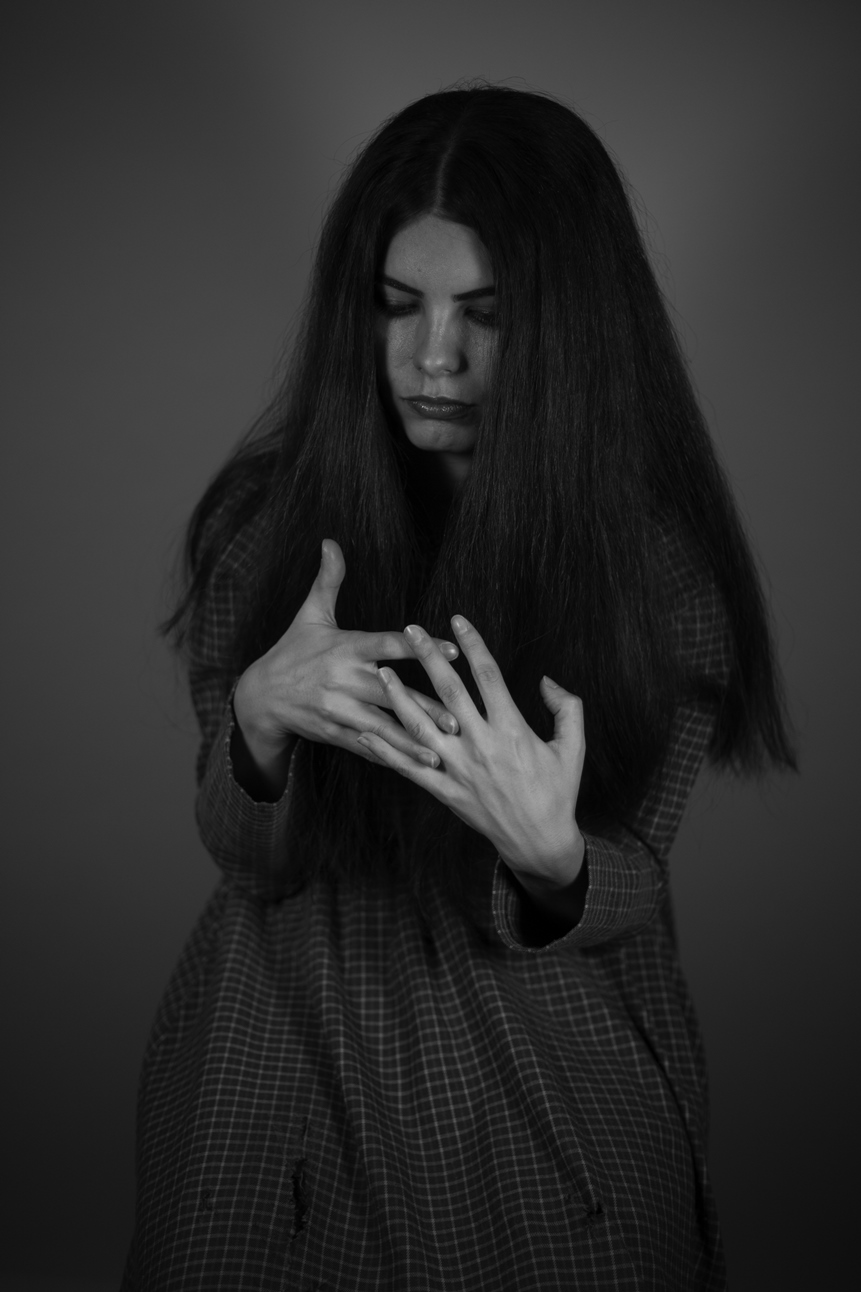
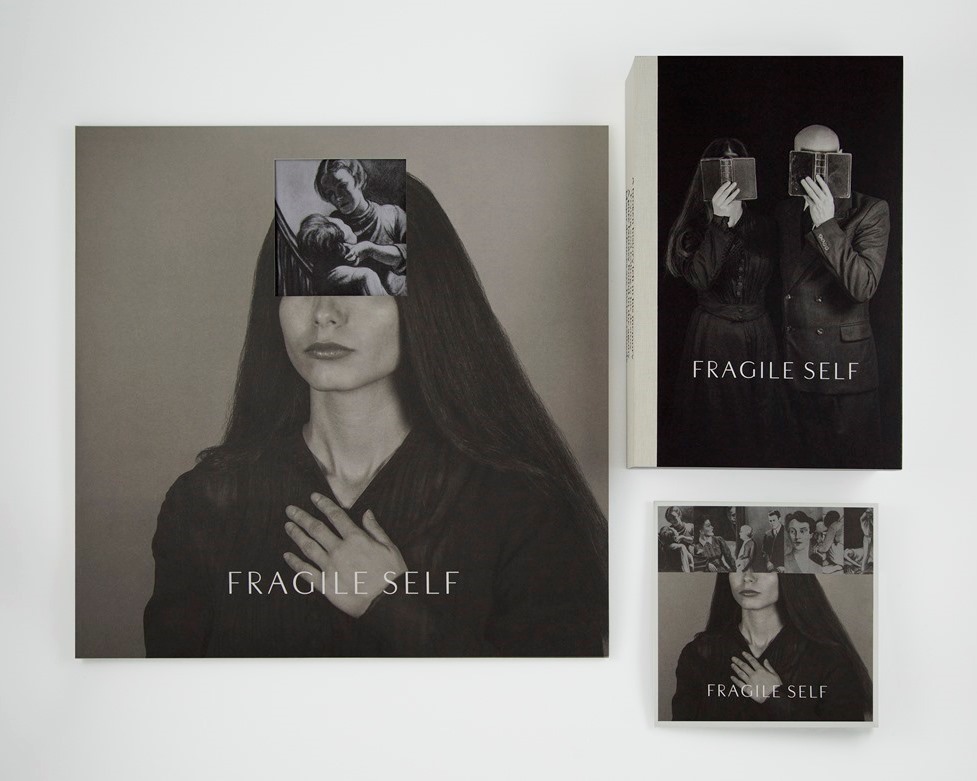
Follow Us!